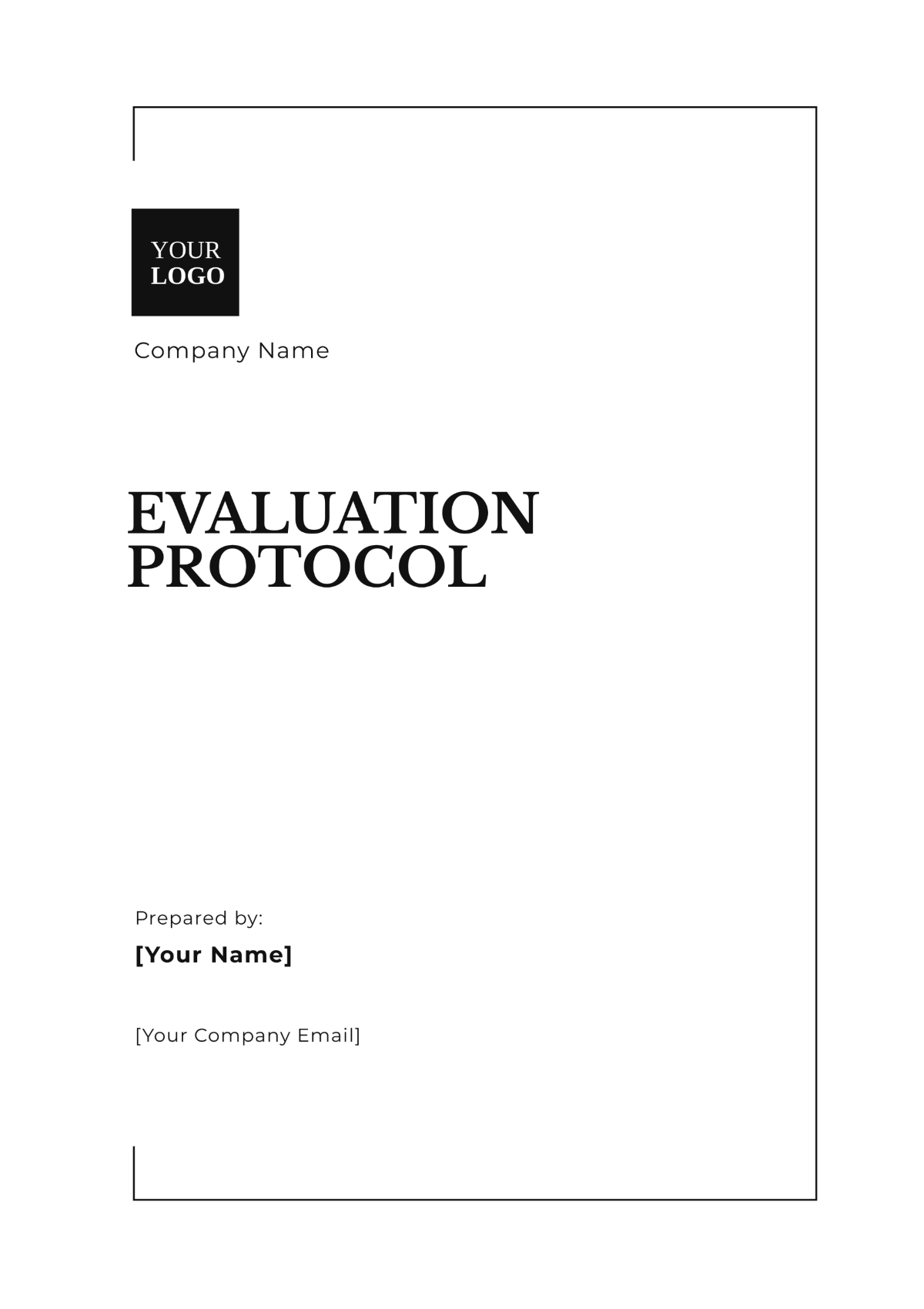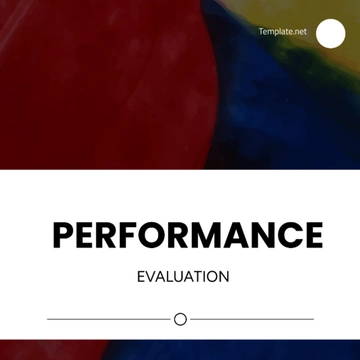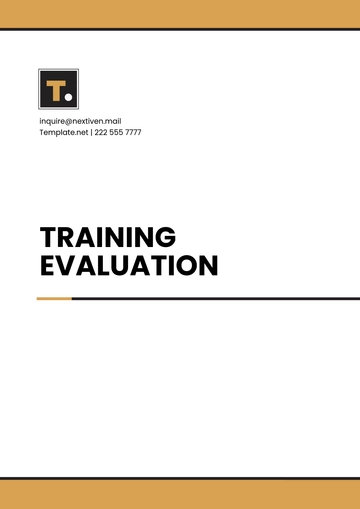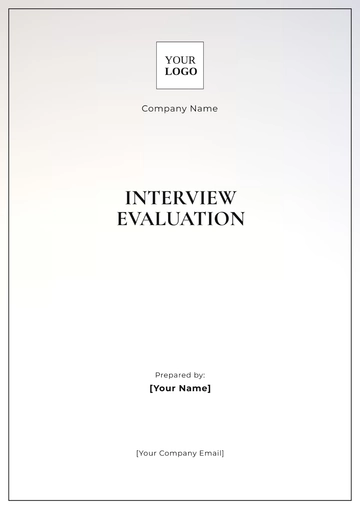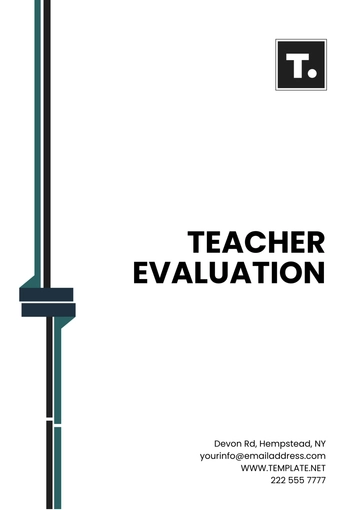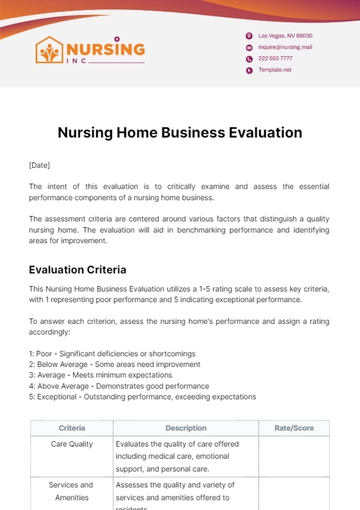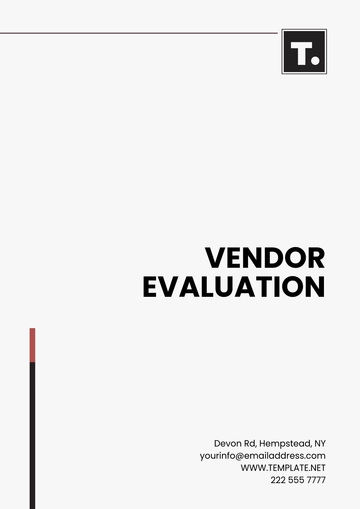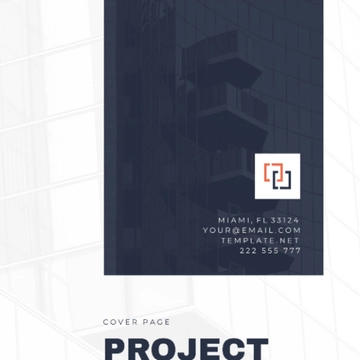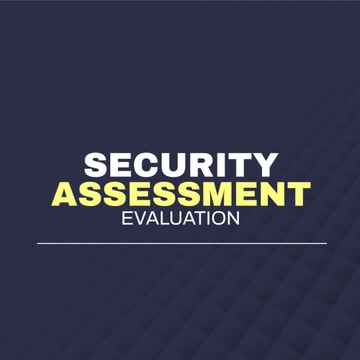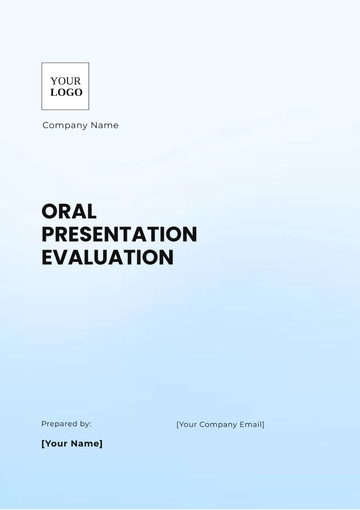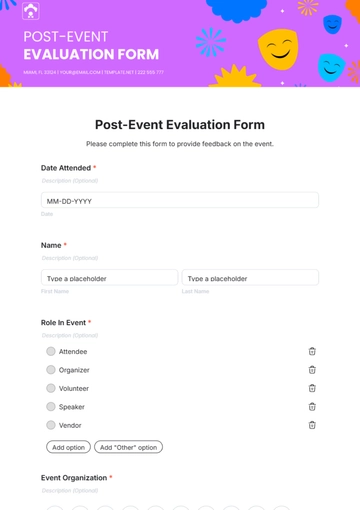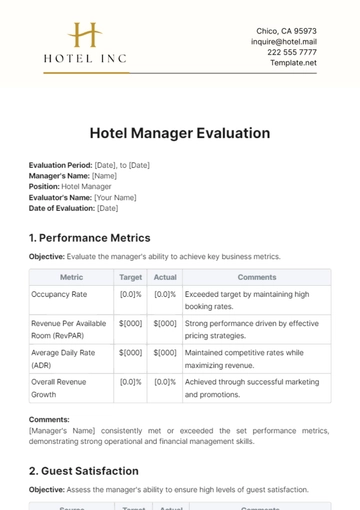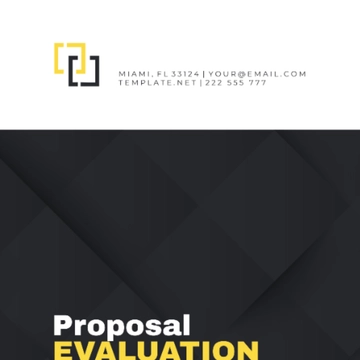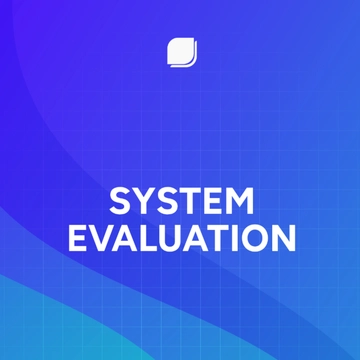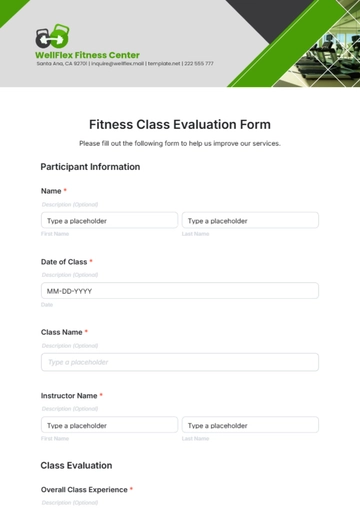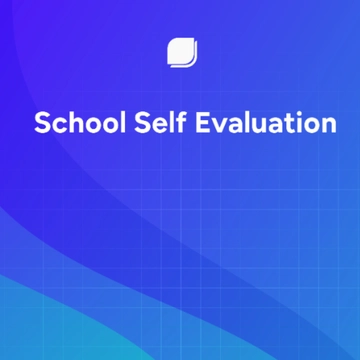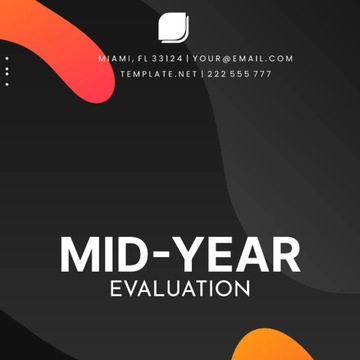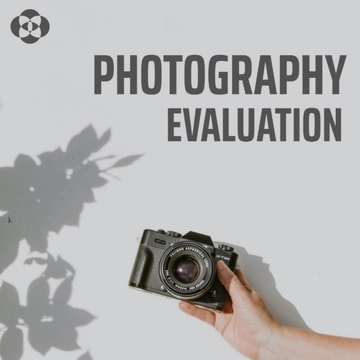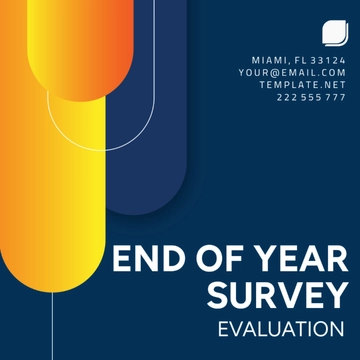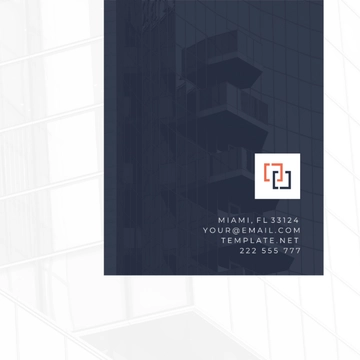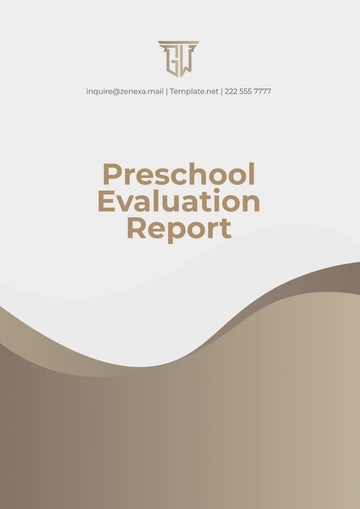Evaluation Protocol
Prepared by: | [YOUR NAME] |
Company: | [YOUR COMPANY NAME] |
Department: | [YOUR DEPARTMENT] |
Date: | [DATE] |
I. Objectives
The primary objective of this protocol is to ensure the systematic and consistent evaluation of various aspects including, but not limited to, performance, quality, and compliance. It lays out the methods through which [YOUR COMPANY NAME] can guarantee fair and effective assessments.
This strategy aims to continuously elevate standards, drive improvement, and identify any potential areas of concern that may need rectification. The protocol promotes a culture of learning and continuous development within the [YOUR DEPARTMENT].
II. Protocol Overview
Our evaluation protocol details a comprehensive method used by [YOUR COMPANY NAME] to evaluate and monitor performance. It prioritizes key elements that steer [YOUR COMPANY] towards its mission. The protocol overview includes quality assurance criteria, evaluation design, data collection and management, and presentation of results.
The procedures incorporated in the protocol comply with international standards and ethical guidelines. These practices serve as a compass to the [YOUR DEPARTMENT], directing the evaluation journey towards accurate and reliable results.
III. Materials and Equipment
Computers and Laptops: Essential for data analysis, report preparation, and other digital tasks. They serve as the primary tool for conducting various aspects of the evaluation.
Software: Statistical analysis software (e.g., SPSS, R, Excel) and word processing software (e.g., Microsoft Word, Google Docs) are crucial for data analysis and report writing. Presentation software (e.g., Microsoft PowerPoint, Google Slides) is also necessary for presenting findings.
Internet Access: Vital for online surveys, research, accessing digital resources, and communication. It facilitates data collection, literature review, and collaboration among team members.
Survey Tools: Online survey platforms (e.g., SurveyMonkey, Google Forms) are essential for collecting data from participants efficiently and securely. They provide customizable survey templates and data analysis features.
Printers and Scanners: Necessary for printing out documents such as evaluation reports, consent forms, and questionnaires. Scanners are required for digitizing physical forms or documents and for maintaining electronic records.
IV. Procedure
Define the scope and objectives of the evaluation.
Determine evaluation criteria and metrics.
Design the evaluation process.
Collect and analyze data.
Interpret findings and conclude.
Prepare and disseminate evaluation reports.
V. Data Collection
Data collection is a crucial component of the evaluation protocol. It involves gathering relevant and accurate information that aligns with the criteria and objectives established in the procedure section. The method of data collection will be contingent on the type and nature of the data required.
At [YOUR COMPANY NAME], we leverage multiple data collection techniques to ensure a robust and holistic evaluation approach. This encompasses surveys, interviews, focus groups, direct observation, and document analysis.
VI. Safety Considerations
[YOUR COMPANY NAME] ensures that all necessary safety precautions are taken during the evaluation process. This includes data safety measures that protect the confidentiality and integrity of the information collected.
The rights, welfare, and privacy of the participants are valued and preserved throughout the evaluation. [YOUR COMPANY NAME] adheres strictly to ethical guidelines, ensuring all activities are conducted with respect for human dignity.
VII. Expected Results
The results of the evaluation will provide insight into the effectiveness and efficiency of [YOUR COMPANY NAME] operations and practices. It will highlight areas of strength and areas in need of improvement, providing guidance for the strategic planning process.
Most importantly, the evaluation will assess the extent to which the [YOUR COMPANY NAME]’s initiatives align with its strategic goals, objectives, and mission. The findings will serve as a catalyst for organizational growth and development.
VIII. Conclusion
The evaluation protocol ensures that [YOUR COMPANY NAME]'s evaluation practices are systematic, fair, and consistent. By following these procedures, we can accurately assess and improve upon the aspects that lie within its purview.
Adherence to this protocol empowers [YOUR COMPANY NAME] to bring about a positive transformation, fostering a culture of excellence and innate quality that aligns with our organizational fabric.
Protocol Templates @ Template.net
